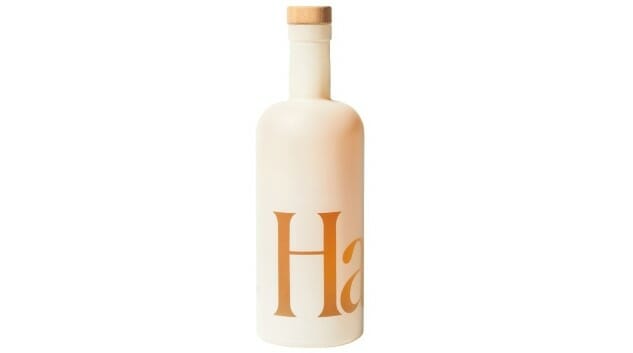Tasting Two Intriguing “Low-ABV Spirits” From Haus
Photos courtesy Haus
The more time goes by, and the more I write about the craft beer and spirits world, the more I sympathize with those who want to reduce their overall alcohol consumption, or at least consume booze in a more mindful way. Especially as someone who regularly imbibes as “part of the job,” tasting spirits with a certain, professional detachment even in moments when I don’t necessarily “want a drink,” the growing market of low- and non-alcoholic beer/spirits products is an attractive one for several reasons.
The sad truth, however, is that all too often, these products just can’t stand up or satisfy their consumer, unless that consumer is truly desperate to be satisfied. Case in point: I recently tasted several varieties of “zero ABV” gin and whiskey replacements, and they weren’t just disappointing in execution but actively unpleasant to drink. In no rational world could this whiskey facsimile replace the real thing, and I’m beginning to think that direct replacement of spirits with non-alcoholic alternatives is always going to leave a lot to be desired. However, supplementing spirits consumption with occasional, lower ABV replacements is an area that I truly believe shows considerably more promise.
Enter, Sonoma County’s Haus, an independent, California-based “spirits” company that is focused solely on mid-strength aperitivo products, designed very much with the reduction of alcohol consumption (and sugar as well) in mind. The company sees its products as direct challengers to market leaders in the growing aperitif market in the U.S., taking potshots at the likes of Aperol in particular as it points out the merits of its two wine-based, 15% ABV products. And having now tasted both, I believe they could be onto something.
Granted, I typically find brands like this—especially ones that throw around phrases like “think of us as the Warby Parker of booze”—a bit on the overblown side. But Haus is making an interesting product, and it strikes me as one worthy of attention.
-

-

-

-

-

-

-

-

-

-

-

-

-

-

-

-

-

-

-

-

-

-

-

-

-

-

-

-

-

-

-

-

-

-

-

-

-

-

-

-










































